

How can you maintain a strong link between your organization and a philanthropic foundation over time?
What will cause a foundation to continue to support your organization over the years, and even increase its contributions?
Here are 5 important tips for maintaining a long-term relationship with your funding sources.1. Transparency
Transparency is the ability to provide a clear and up-to-date picture of where an organization or project stands, as well as where it is most likely headed. Maintaining transparency is not just a goal for your organization, but a vital component to its success.
The lack of transparency in the inner workings of many philanthropic foundations is a major problem, one I have written about previously. The capacity of the funding process can make it difficult for your organization to successfully raise funds. At the same time, obfuscation on your part can be a problem in your relationship with your funding sources.
This lack of transparency is not necessarily due to your (often volunteer-based) organization attempting to hide the details of how you work, but rather from an inability to present your data clearly. In the current period of economic instability, many organizations frequently find it difficult to set a budget based on needs, or want to avoid making decisions such as last minute budget cuts. Both have a negative impact on the fundraising process, as submitting an application for monetary support or donations requires preparing extensive and detailed documentation.
It’s difficult for a donor foundation to review your grant application if you don’t have a detailed plan and budget. Lacking this information can reflect badly on the experience and knowledge of your organization. In fact, with no clearly presented plans or direction, the chance of a positive response from a funding source is remote.
The foundation wants to know how its charitable funds will be used; they want to know that you have a clear and definite idea of what you’re doing, as well as the expertise to carry it out. If they see you haven’t put a lot of thought and effort into your application, they won’t be motivated to learn more about your organization and what you do, or examine your request in depth.
In addition to weakening a foundation’s confidence in your organization, lack of transparency on your part may lead to missed opportunities for professional advice and guidance, as well as additional help with the challenges your organization may face. Developing and fostering an honest relationship is necessary not only in the short-term but also to preserve the financial channels over the long term.
How can your organization broadcast its transparency? 2. Clear and Concise Content
Whether it's for an initial grant application or a follow-up report after receiving a donation, all of your submitted material should be detailed and clear. Ask yourself if someone unfamiliar with your organization will understand your content. Can they tell at a glance what your organization does? Are your goals clearly stated? Do you explain how you plan to achieve them? Does your project proposal state clearly what it is about?
In particular, your grant request must include: clear project objectives, the planned course for advancement, and all relevant background information. For an ongoing project, you must include a progress report on what has been achieved to date. If there have been changes over the course of the project, you must fully explain the reasons and considerations that led to them.
A detailed report is not necessarily a very long one. Strive to create as concise a report as possible. Avoid long descriptions and unnecessary details, while making sure you don’t leave out anything important3. Detailed and Realistic Budget Plan
Your submissions must include a detailed budget, which spells out both your expenditures as well as your anticipated income. Sometimes you can include a number of different budget scenarios, provided you specify the reasons for each one, as well as the considerations that will cause you to select the budget you will ultimately use.
Your project plan and budget must be reasonable and contain realistic projections. A foundation will not support a project if something about it doesn’t strike them as feasible. Don’t be overly ambitious or exaggerate any of your future goals or past achievements.
You want to avoid a situation in which you received a grant but then failed to meet the expectations you raised in your original application. This can undermine your relationship with the foundation, and they may not support you in the future. Make sure that your plan and budget are realistic for the time frame you have in mind.4. Clear Organizational Leadership and Decision Making
Strong leadership is important for managing your organization effectively in the face of any difficulties or challenges. It’s important for the donor foundation to understand how you conduct your decision-making process. For example, who is involved in making a decision? Is it management and senior staff only, or do junior staff and volunteers have any input? How long does the process take? What factors are involved? What other issues can influence a decision? How does your organization balance its long-term and short-term goals?5. Pro-active Communication
Transparency also plays a role in the ongoing communication between your organization and the foundation during the course of the project. You must maintain a relationship of trust, which means openness on your part. You don’t want the foundation to discover that there have been changes in the project, or various problems arose, only when they receive your end-of-the-year report. Additionally, the foundation can be an important source of information and assistance to you in dealing with issues as they arise. The foundation also benefits, and may be more willing and able to support you in further challenges along the way.Chanie Sudry is the CEO of Mercaz L’Geus Cesafim (MGC), a registered company offering consultation and guidance in resource development and fundraising for non-profit organizations in Israel. Since its establishment, Chanie has provided professional services to hundreds of non-profits throughout the globe.
תגובות
{{ comment.number }}.
הגב לתגובה זו
{{ comment.date_parsed }}
{{ comment.num_likes }}
{{ comment.num_dislikes }}
{{ reply.date_parsed }}
{{ reply.num_likes }}
{{ reply.num_dislikes }}



הוספת תגובה
לכתבה זו טרם התפרסמו תגובות